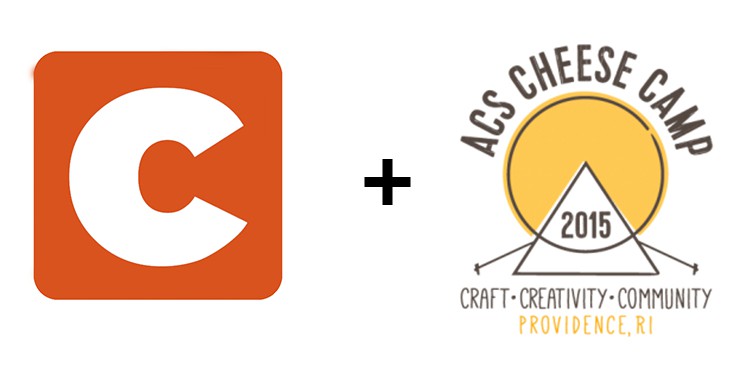
The culture team is having a blast and learning a lot at this year’s American Cheese Society Conference in Providence, R.I.! At the end of each day of #ACSCheeseCamp, we’ll break down five cool, quirky, and awesome factoids we’ve found out about in our workshops. Check it out!
- Swiss cheesemakers use the term vollmundia to describe their cheese, meaning that the flavor of the cheese involves the whole mouth, sending a signal to every one of your tastebuds.
- In the high mountain pastures of the Alps, Swiss cows are eating 26-28 different species of grass, flowers, and plants—all of which contribute to the flavor of their milk and thus to the flavor of the cheese made from their milk.
- In the Northeast, The average size of a herd of cows is 100; in California, the average size of a herd is 900.
- Casein—the all-important dairy protein in cheesemaking—bonds together in large spherical formations known as micelles. The outside of the micelles have a negative charge, so normally within milk they repel each other; when rennet is added to milk, that negative charge is shorn off and the micelles start to stick to each other, causing the milk to gel and solid curds to form.
- The fruity sweetness of Riesling goes with a LOT of different kinds of cheeses, so if you don’t have a strong blue or stinky wheel, pick up a bottle and try!




